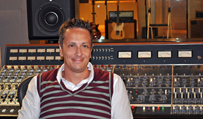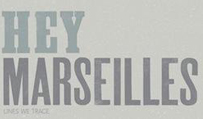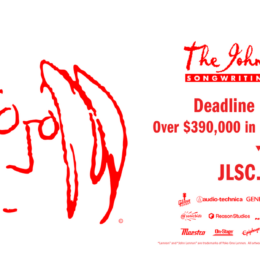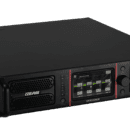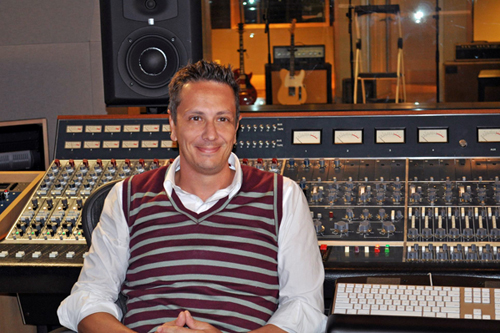
New York-based mix engineer Jason Goldstein began his career climb at Los Angeles’ Ocean Way Recording after responding to a classified ad. He started at the bottom, sandblasting floors, tarring the roof and scraping gaffer’s tape. But ultimately he landed a gig with Manhattan’s Right Track Recording and today works mainly out of Downtown Music Studios. He is a multiple Grammy nominee and a one-time winner. Past clients include Beyonce, Jay-Z and the Roots.
When Music Connection spoke with Goldstein, he was preparing to start work with the Roots on the band’s tentatively titled & Then You Shoot Your Cousin. “Working with them is a process that takes a lot of time,” he explains. “They work and rework songs. You have to dig in and find the emotional theme for the record and then tie it to all the past records so that there’s a consistency. Sometimes that takes awhile. I’ll do 30 variations of a mix. Sometimes I nail it and other times they want to approach it again.”
Occasionally Goldstein works closely with mastering engineers. “If I know him, I’ll give more leeway,” he explains. “If it’s somebody I don’t know, I give him less headroom because I feel that in this age of loud for loudness’ sake, if you leave extra headroom—even if they’re great mastering engineers; it’s the client that asks for it—they’ll squash the heck out of it. It’ll sound louder but also smaller. There are a couple of guys that I love. Dave Kutch [profiled in a past Music Connection Mastering Roundtable] especially. I’ll give him a dynamic mix with a ton of headroom and it will come back sounding louder and somehow just as dynamic.”
Most mix engineers have their own mixing philosophy. As with the Roots, Goldstein’s is one of bringing out the unique sound of each project. “I believe that every record wants to sound a certain way and you can only force a square peg into a round hole so much before you start to lose it,” he explains. “There’s an energy and a vibe in a record that’s there. That’s why a lot of people like rough mixes: because they were mixed at the spur of the moment with everybody’s favorite elements turned up.”
One of his biggest difficulties that seems avoidable is a lack of clarity in the labeling of received material. “I got a mix recently that was labeled ‘Audio one,’ ‘Audio two,’ all the way up to 24,” Goldstein recalls. “I had no idea what was on the tracks. It was poorly recorded, air conditioner hum and buzz, clicks and pops. Just because you can record something doesn’t mean that you should. You can really mess things up if you’re not careful.
“The other challenge is the limiter on the rough mix,” he continues. “Someone has done a rough mix and squeezed it to within an inch of its life. They send it to me and say, ‘Do your thing; make it better.’ I instantly say, ‘The reason you don’t have clarity and can’t hear the kick drum is because you destroyed the record by over-limiting it.’ I can’t give dynamics and clarity when you want it to also sound like this distorted mess that looks like fresh-cut grass in the waveform. That’s a drag because often- times all they’d need to do is turn the volume up on my mix and they’d hear that it’s better.”
Contact http://jasongoldsteinmixer.com, [email protected]
By Rob Putnam

